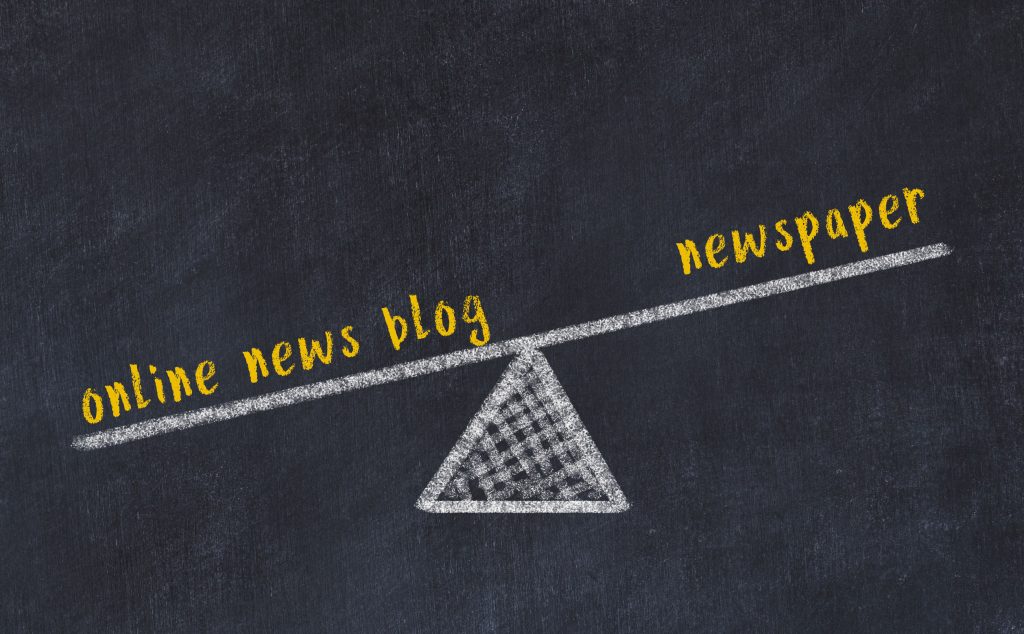How Edmunds measures the quality of earned media
A look at how the consumer car shopping website quantifies media coverage.

As the pandemic started to take shape, there were a lot of questions about how the automotive industry was being impacted and consumer uncertainty about car buying and financing.
This created strong demand for Edmunds’ expert opinion and analysis to make sense of the automotive landscape from an industry standpoint, and also help answer the burning questions that car shoppers and owners might have during the pandemic.
With access to millions of real transactions and other Edmunds data, Edmunds’ expert analysts developed insights into how consumer shopping behavior has been altered during COVID as well as other market trends in the automotive industry. Edmunds “turned those insights into actionable pieces of advice for consumers and business partners seeking guidance on how to navigate this unique environment,” says Talia James-Armand, associate director of PR and communications.
The strategy paid off. Edmunds was mentioned in the news more frequently than other major car shopping sites in the first half of the year, about 45 times a day, she says. It was also featured in more online news stories that referenced car shopping or COVID-19 than any its competitors. Most recently, Edmunds experts were featured in two exclusive back-to-back earned segments on “Good Morning America,” which highlighted how used car prices are spiking during COVID-19, and helped guide consumers on how to take advantage of the extra value in their vehicle by selling now.
Those are impressive results, but how does Edmunds track its earned media coverage? And what real-time metrics helped it land such coverage? James-Armand explains the goal, strategy and how it measures success below.
Ragan: Can you describe Edmunds’ communications objectives?
Talia: Edmunds is not just a well-known brand in the automotive industry, we are also a top media publication, which makes my job of media relations and communications somewhat unique to other consumer brands. Our first objective is simply to generate greater awareness of the Edmunds brand and create more top-of-mind consideration for us as a trusted authority in the automotive space. Our second objective, being a media publisher ourselves, is for our PR efforts to drive consumer traffic back to the Edmunds website and to increase engagement with our reviews, articles, and other owned media content. Our third objective is to highlight our unique market insights to our key business audiences, including automakers and dealers, in order to position Edmunds as a valued business partner.
Ragan: How does this translate into PR strategy?
Talia: We execute a thought-leadership strategy designed to position Edmunds as an authority and the top source of consumer and market insights on the automotive industry. We continuously monitor media trends for opportunities to insert Edmunds into breaking news where we can lend a third-party, objective voice. As a trusted resource for proprietary data and unique industry insights, journalists typically turn to Edmunds to validate the trends that they’re reporting on, which helps us secure prominent placements in those trending stories. One of our most effective levers is our team of internal experts which has earned a reputation for being a credible, reliable resource to other media outlets who frequently quote their opinions and commentary.
[RELATED: Sign up for a free trial of Onclusive Media Monitoring today.]
Ragan: What PR metrics are most important to Edmunds?
Talia: We have a fairly mature measurement framework that focuses on a combination of the quality of our press coverage as well as our performance against our competitors. We look at a range of metrics starting with share-of-voice for competitive volume at the brand level and down to more specific topics that align with our business objectives, but I also look at Power of Voice™ from Onclusive as our competitive quality score. Of course, we look at our success in terms of target media placements as well as how our coverage is amplified on social media. I have also developed a proprietary metric called “quality coverage” to show the greater value that Edmunds is generating in earned media beyond a mention at the brand level. “Quality coverage” factors the number of Edmunds’ AP byline placements in affiliate media outlets with Edmunds analyst mentions, editorial mentions without AP and references to Edmunds’ proprietary data.
Ragan: What systems do you use to measure your PR performance?
Talia: Onclusive is our media monitoring and PR measurement system of record. We are going into our fifth year using the Onclusive platform and have standardized our reporting on their data. We get real-time insights into our own PR performance and are able to optimize based on competitive insights as well. Onclusive’s proprietary metrics like Power of Voice™ and Share of Amplification™ give us a unique perspective that we cannot get anywhere else.
Ragan: What one piece of advice can you give our readers about PR measurement?
Talia: I think that “quality” can be measured in a number of different ways, and the final judgement of quality should be based on your specific campaign objectives and business goals. Are you looking to dominate the most stories on a particular topic? Or, is it more critical that your messages trend on social media? Maybe there are specific spokespeople that you are working to elevate as thought leaders and place in target media outlets and this is your barometer of success. At the end of the day, quality comes in a few different makes and models and should ultimately tie back to your communications goals.
Sign up for a free trial of Onclusive Media Monitoring today.
This article is in conjunction with Onclusive.







